Yom Kippur: A Biblical Journey of Atonement
What is Yom Kippur?
Yom Kippur, also known as the Day of Atonement, is a sacred Jewish holiday mandated in the Bible. It is observed on the tenth day of the seventh month, marking a time for self-affliction, sin cleansing, and spiritual purification.
Biblical Origins of Yom Kippur
The Bible outlines the origins and practices of Yom Kippur in several key passages:
- Leviticus 16: Provides detailed instructions for the rituals to be performed by the High Priest on Yom Kippur in the ancient Temple.
- Leviticus 23: Reiterates the commandment to observe Yom Kippur, emphasizing the consequences for those who fail to fast or work on this day.
- Numbers 29: Specifies the sacrifices required for Yom Kippur.
The Rituals of Yom Kippur
In the biblical era, Yom Kippur was characterized by elaborate rituals performed by the High Priest in the Temple:
- High Priest's Entry: The High Priest entered the Holy of Holies, the most sacred part of the Temple, under threat of death for unauthorized entry.
- Sin Offering: A bull was sacrificed for the sins of the High Priest and his family.
- Two Goats: One goat was sacrificed for the sins of the people, while the other was designated as a scapegoat.
- Confession and Removal of Sins: The High Priest placed his hands on the scapegoat and confessed the sins of the people, which were then removed into the wilderness.
- Symbolic Washing and Cleansing: Ritual washing symbolized the need for purification from sin.
The Significance of Yom Kippur
Yom Kippur served as a reminder of the people's sinfulness and the need for atonement and forgiveness. It also foreshadowed the ultimate sacrifice of Jesus Christ, whose blood would cleanse all sins.
Modern Observance of Yom Kippur
While the Temple rituals have ceased since its destruction, Yom Kippur continues to be observed by Jews today with fasting, prayer, and synagogue services.
Yom Kippur is a sacred holiday with deep biblical roots. The Bible provides a comprehensive account of its origins, rituals, and significance. By understanding the biblical foundation of Yom Kippur, we can appreciate its enduring importance for the Jewish community and its relevance in Christian theology.
Yom Kippur in the Bible
What is the biblical origin of Yom Kippur?
Yom Kippur, the Day of Atonement, is first mentioned in the Bible in Leviticus 16:29, which mandates the tenth day of the seventh month as a day of self-affliction and sin cleansing.
What were the rituals performed by the High Priest on Yom Kippur?
The High Priest performed elaborate rites to atone for the people's sins, including sprinkling animal blood on the ark and symbolically transferring the nation's sins to a goat released into the desert. (Leviticus 16)
How does the Bible describe the significance of Yom Kippur?
Yom Kippur was a time for spiritual purification and forgiveness, a day when the people could seek atonement for their sins and restore their relationship with God. (Leviticus 16:30)
What is the connection between Yom Kippur and Jesus' sacrifice?
The Bible sees the atonement ritual performed on Yom Kippur as a foreshadowing of Jesus' sacrifice on the cross, which brought about the ultimate forgiveness of sins and the establishment of a new covenant between God and humanity. (Hebrews 9-10)
How is Yom Kippur observed in modern times?
While the Temple rituals are no longer performed, Jews still observe Yom Kippur as a day of fasting, prayer, and synagogue services, seeking forgiveness for their sins and deepening their spiritual connection with God. (Leviticus 23)

